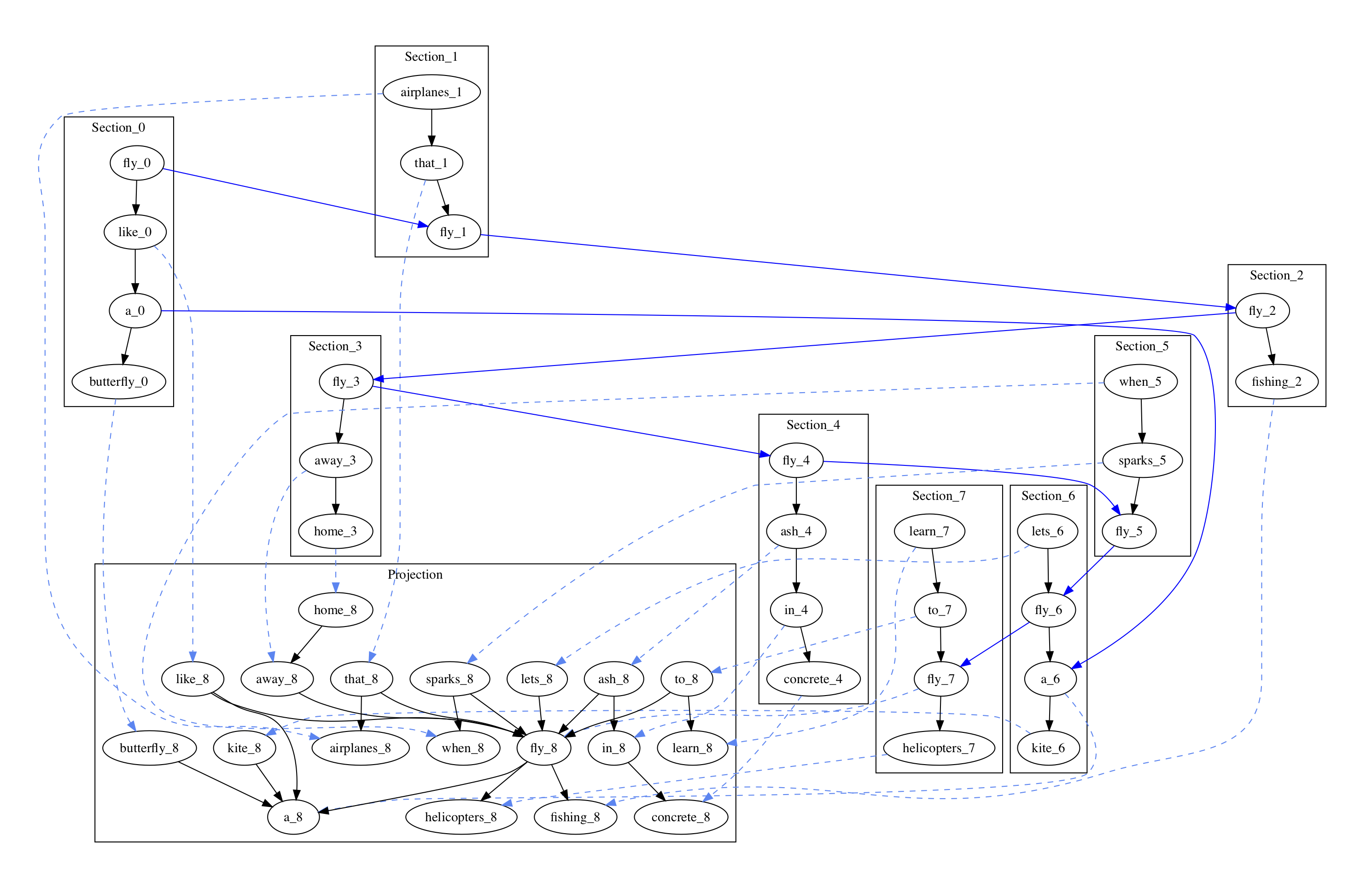Sheaves: A Topological Approach to Big Data
This document develops general concepts useful for extracting knowledge embedded in large graphs or datasets that have pair-wise relationships, such as cause-effect-type relations. Almost no underlying assumptions are made, other than that the data can be presented in terms of pair-wise relationships between objects/events. This assumption is used to mine for patterns in the dataset, defining a reduced graph or dataset that boils-down or concentrates information into a more compact form. The resulting extracted structure or set of patterns are manifestly symbolic in nature, as they capture and encode the graph structure of the dataset in terms of a (generative) grammar. This structure is identified as having the formal mathematical structure of a sheaf. In essence, this paper introduces the basic concepts of sheaf theory into the domain of graphical datasets.
PDF Abstract